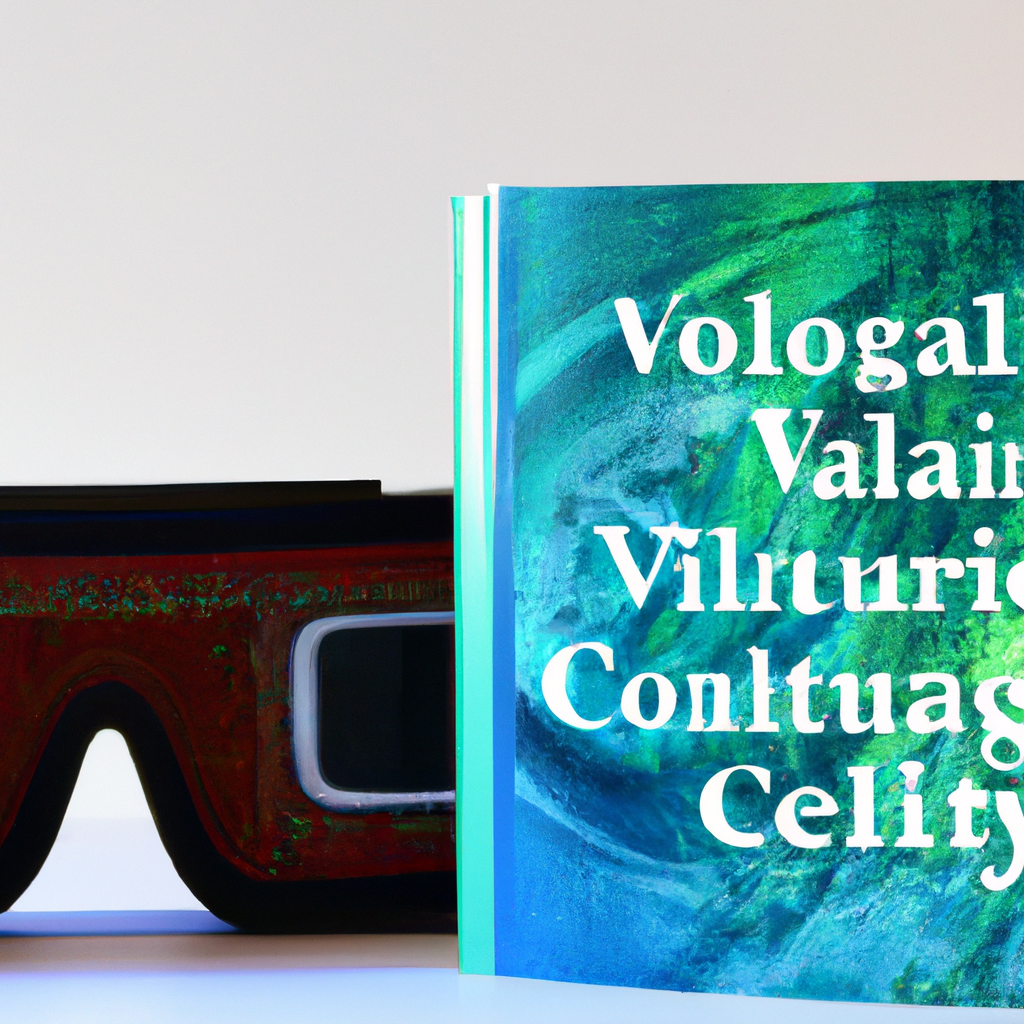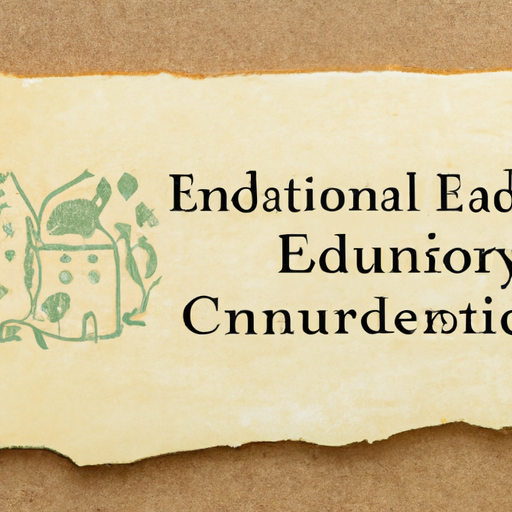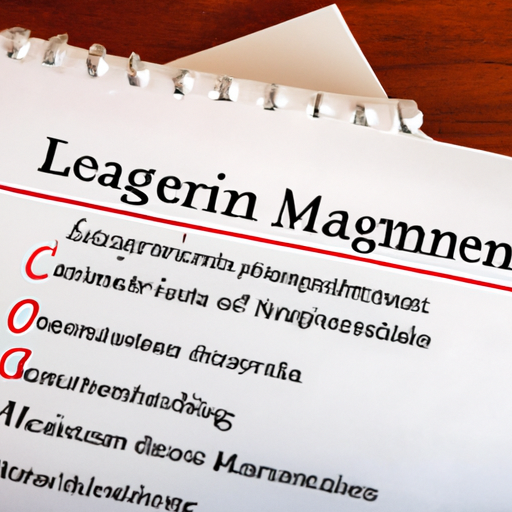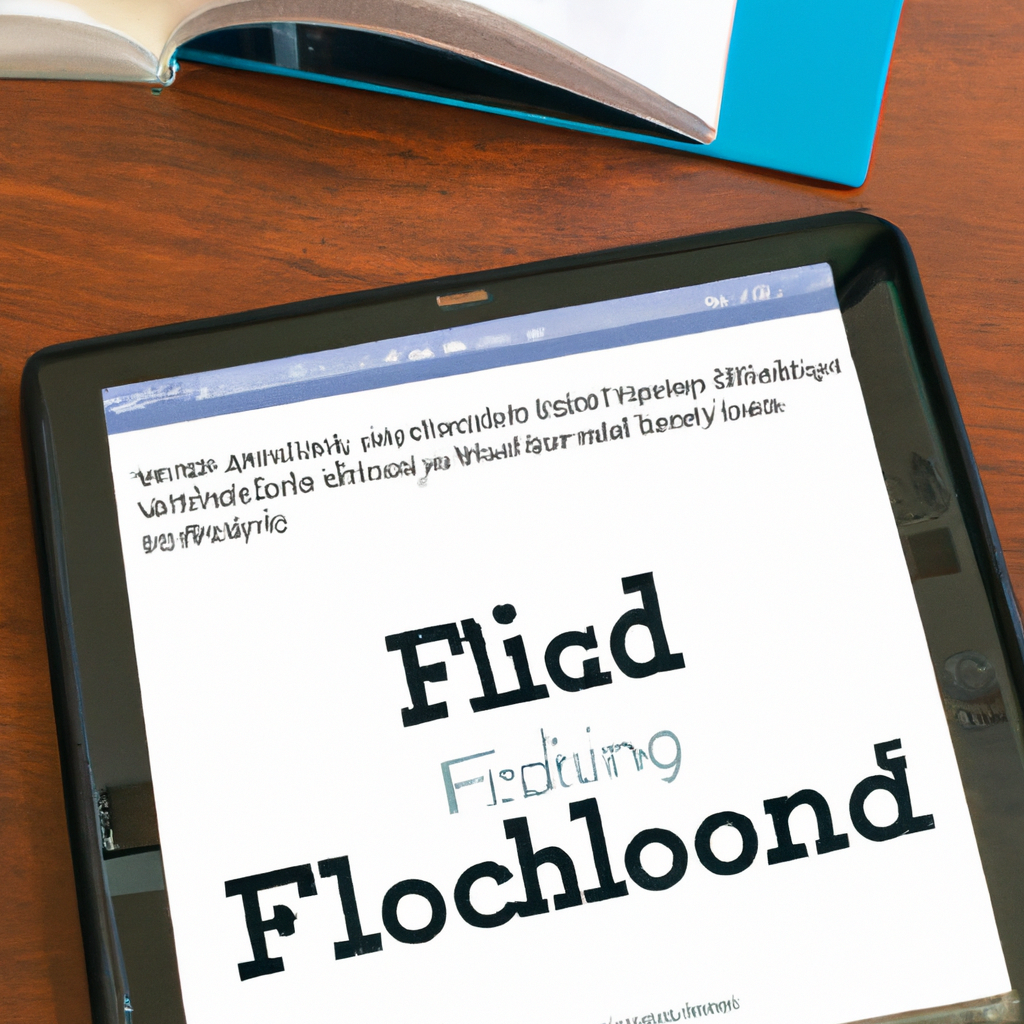Step into a world where time is not a barrier, where the walls of museums crumble, and where the fragments of history become alive once more. Welcome to the incredible realm of virtual reality, where technology meets culture, and historical exploration takes an exhilarating leap forward. In this article, we will delve into the mesmerizing possibilities that virtual reality holds for enriching social studies, transporting learners beyond the constraints of textbooks and classrooms. Brace yourselves for a captivating journey through time and space, as we uncover the endless potential of virtual reality in illuminating the past and fostering a deeper appreciation for the tapestry of human civilization.
1. “Stepping into the Past: How Virtual Reality Revolutionizes Cultural and Historical Exploration”
Virtual reality (VR) has completely transformed the way we explore and experience cultural and historical sites. With VR technology, we can now step back in time and immerse ourselves in the rich tapestry of the past. By recreating historical events and locations in vivid detail, VR allows us to witness moments that shaped our world and gain a deeper understanding of different cultures.
One of the key advantages of VR in cultural and historical exploration is its ability to transport us to places that may no longer exist or are difficult to access. Through VR, we can visit ancient civilizations, such as the majestic pyramids of Egypt or the Great Wall of China, and explore their architecture, traditions, and daily lives. Beyond physical locations, VR also enables us to interact with historical figures, taking us beyond the pages of a history book and allowing us to engage in conversations with influential individuals who shaped our society. Whether it’s discussing political strategies with Winston Churchill or encountering dinosaurs in prehistoric times, VR opens up a world of possibilities for learning and entertainment.
- Improved historical accuracy: VR technology strives to recreate historical events and settings with meticulous detail, adhering to accurate information and research. This ensures that users receive an authentic and realistic experience, enhancing their understanding of the past.
- Engaging educational tool: VR offers a dynamic and interactive medium for learning about history. By immersing users in historical environments, it captivates their attention and stimulates their curiosity, making the exploration of cultural and historical sites a fun and engaging educational experience.
- Preservation of cultural heritage: VR provides a means of preserving and sharing cultural heritage with future generations. By creating digital replicas of endangered monuments or artifacts, VR helps conserve these valuable pieces of history and allows people from all over the world to appreciate and learn from them.
2. “Unveiling Time: Unleashing the Power of Virtual Reality in Social Studies Education”
In today’s ever-evolving technological landscape, it is crucial to adapt educational methods that engage and inspire students. Harnessing the power of virtual reality (VR) has become a game-changer in numerous fields, and social studies education is no exception. By immersing students in lifelike simulations, VR allows them to explore historical sites, experience significant events, and gain a deeper understanding of different cultures and societies. This article will delve into the vast potential of using virtual reality in social studies education and how it can revolutionize traditional learning methods.
1. **Interactive Time Travel:** With VR, students can be transported to any time period, bringing history to life like never before. They can witness the fall of the Berlin Wall, experience the signing of the Declaration of Independence, or explore the ancient ruins of Pompeii. This unparalleled level of immersion allows students to visualize the past, fostering a sense of empathy, critical thinking, and historical analysis as they virtually walk in the shoes of those who lived before them.
2. **Global Connectivity:** Through VR, social studies education can break the confines of classroom walls, enabling students to explore the world without leaving their seats. Students can visit magnificent landmarks, such as the Taj Mahal or Machu Picchu, and engage with the local customs and traditions of faraway places. This virtual journey enhances cultural understanding, promotes a global perspective, and instills a sense of curiosity and respect for diverse societies.
3. “Virtual Voyages: Reshaping Social Studies through Immersive Cultural Experiences”
Virtual Voyages is a groundbreaking initiative that is revolutionizing the way social studies is taught. By harnessing the power of immersive virtual reality (VR) technology, students are transported to different corners of the globe, allowing them to experience and engage with diverse cultures in a way that was previously unimaginable.
Through Virtual Voyages, students can embark on a journey to ancient civilizations, explore renowned landmarks, and interact with local communities, all from the comfort of their classroom. By donning VR headsets, they step into a world where history comes alive, enhancing their understanding of different cultures, traditions, and historical events. This experiential learning not only sparks curiosity and engagement among students but also enables them to develop a deeper appreciation for the interconnectedness of our global society.
- Immerse students in the sights, sounds, and textures of different cultures
- Provide hands-on learning experiences without leaving the classroom
- Encourage empathy and cultural understanding through direct interaction with local communities
- Enhance critical thinking and problem-solving skills by examining historical events from multiple perspectives
- Promote global citizenship by fostering an appreciation for diverse cultures and traditions
Virtual Voyages is transforming social studies education by breaking down geographical barriers and offering students an unprecedented level of access to the world. It is reshaping the way students learn, fostering a sense of connection to the global community, and cultivating the skills and knowledge needed to become engaged global citizens.
4. “From Textbooks to Technological Thrills: Virtual Reality’s Impact on Enriching Social Studies Lessons”
With the advancement of technology, social studies lessons are no longer confined to the pages of textbooks. Virtual reality (VR) has emerged as a powerful tool to transport students beyond the walls of a classroom, immersing them in historical events, cultural experiences, and geographical landscapes. This paradigm shift in education has opened up endless possibilities for enhancing the learning experience and deepening students’ understanding of social studies.
One of the key benefits of incorporating virtual reality into social studies lessons is the ability to provide an immersive and interactive learning environment. Students can explore ancient civilizations like never before, transforming their learning from passive to active engagement. By donning a VR headset, they can embark on virtual field trips to archaeological sites, historic landmarks, or cultural festivals, all while feeling as though they are physically present in those spaces.
Furthermore, virtual reality allows educators to create personalized learning experiences tailored to each student’s needs. They can design virtual simulations where students can actively participate in decision-making processes during historical events, fostering critical thinking and empathy. Through VR, students can walk in the shoes of historical figures, witness the impact of social, political, and economic factors, and gain a nuanced understanding of complex historical narratives.
5. “Beyond the Classroom: Exploring the Wonders of History with Virtual Reality in Social Studies Education
“
In the ever-evolving landscape of education, the integration of technology has provided countless opportunities to enhance students’ learning experiences. One area where this is particularly evident is in the field of social studies education. Gone are the days of solely relying on textbooks and lectures to teach history. With the immersive power of virtual reality (VR), students now have the unique ability to step back in time and explore the wonders of history like never before. This groundbreaking technology allows them to delve into different eras, witness significant events firsthand, and gain a deeper understanding of the past in an interactive and engaging manner.
Imagine transporting your students to ancient civilizations, where they can walk through the bustling streets of Rome or marvel at the majestic pyramids of Egypt. With VR, the possibilities are endless. By donning a headset, students can embark on virtual field trips to historical landmarks, visit museums in distant lands, and even interact with historical figures as if they were alive. The immersive nature of VR truly brings history to life, making it a valuable tool for educators to ignite their students’ curiosity and facilitate meaningful learning experiences. By allowing students to experience history and engage with it on a more personal level, virtual reality has the potential to revolutionize social studies education and shape the historians of the future.
As we peel away the layers of time and immerse ourselves in the depths of history, virtual reality stands as the ultimate vessel for unraveling the mysteries of our cultural tapestry. Through this cutting-edge technology, social studies takes a bold leap into the realm of possibility, transforming mere pages of textbooks into vivid experiences that ignite the flame of exploration within our minds.
With virtual reality’s boundless potential, we find ourselves journeying alongside ancient civilizations, traversing lands lost to the annals of time, and standing shoulder to shoulder with the great figures who have shaped our world. Through a kaleidoscope of sights, sounds, and sensations, virtual reality breathes life into our understanding of cultures long gone, allowing us to touch, hear, and witness the untold tales that lay dormant in our history.
No longer confined to the static confines of maps and photographs, social studies burgeons with renewed vigor in the realm of virtual reality. As students step into the shoes of historical protagonists, they learn not just about names and dates, but the very essence of humanity that shaped the course of events. They taste the saltiness of sea breezes alongside intrepid explorers, feel the weight of oppressive chains with abolitionists, and hear the whispering winds of revolution echoing through the ages.
To understand the past is to comprehend our present and shape our future. Virtual reality for cultural and historical exploration offers a unique sanctuary where understanding and empathy meet curiosity and wonder. By blurring the boundaries of time, it presents an opportunity to digest the complexity of our shared history, fostering a global perspective that transcends borders and embraces the richness of diversity.
Yet, as we revel in the myriad delights virtual reality offers, we must remember the delicate dance between technology and authenticity. Virtual reality serves as a tool, a lens that illuminates the past, but it must always be accompanied by rigorous research, critical analysis, and open discourse. The virtual should never replace the tangible, but instead enhance our understanding, igniting the flames of curiosity that drive us to seek deeper truths.
In the realm of virtual reality, cultural and historical exploration enters a new era, one where the boundary between observer and participant dissolves. It is a realm where the heart pounds with a shared heartbeat from distant civilizations, where we uncover the untold stories and embrace the shaping forces of the past. So, embark on this daring voyage, don your headsets, and allow your senses to guide you through the corridors of time. For within these virtual realms, history breathes, and the boundaries of our world expand.











